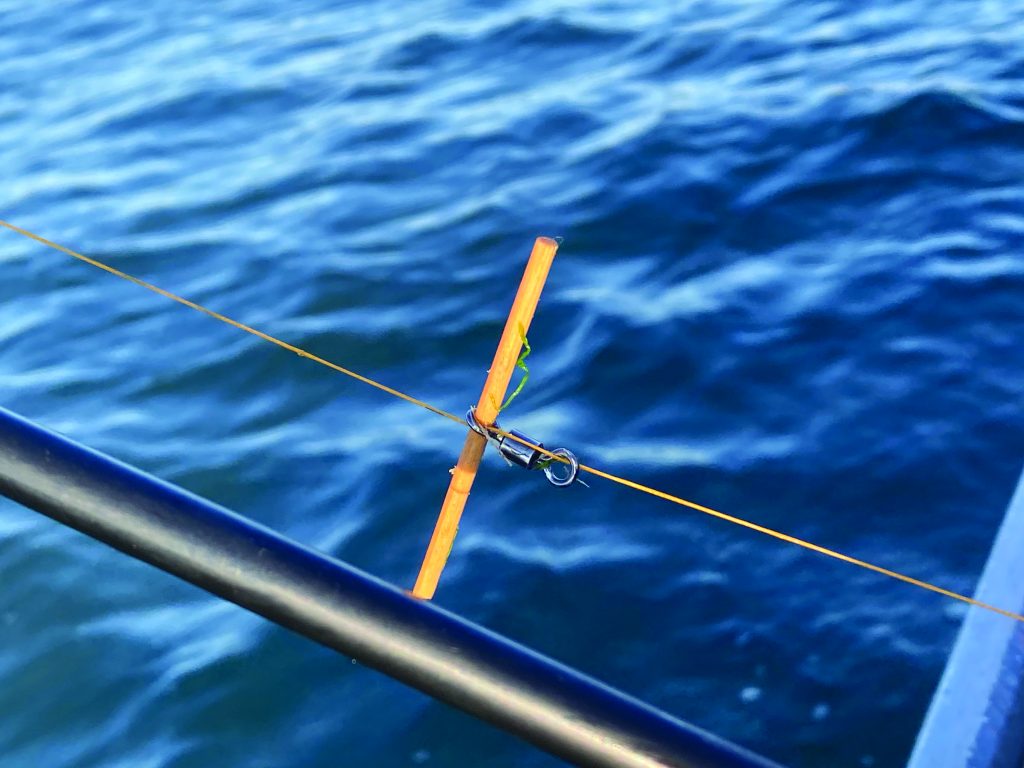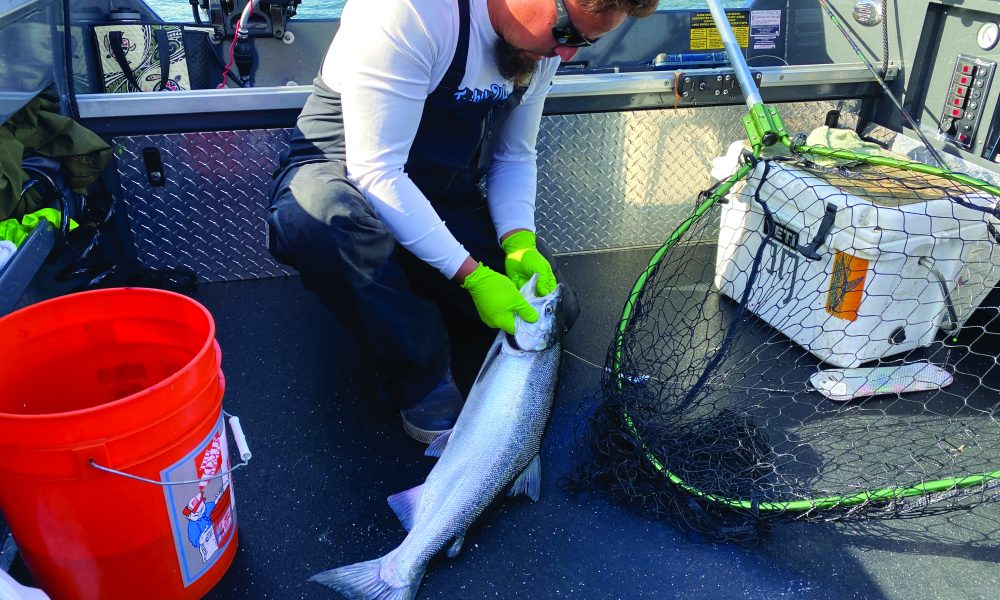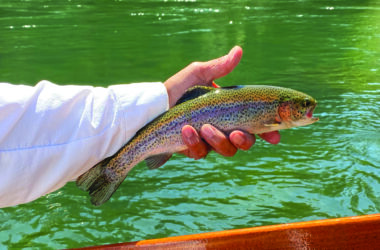The ocean coho season unceremoniously came to a halt Sept. 30. Characteristic of a good part of the ocean salmon season, hazardous bar conditions and rough seas in the last few days of the season keep many anglers from taking advantage of what was generally a fair season of coho fishing.
Although the ocean fishing for chinook still runs through October, there are just not that many of them out there this season so it has essentially marked the overall end of the 2022 ocean salmon fishing season.
My own fishing experience speaks to the shortage of chinook. On a trip out on the ocean in August, my party sorted through 18 coho to find seven hatchery ones but not one single chinook – hatchery or wild – was among that haul. Even though we had spent a good portion of the day specifically trolling deep for them.

The action has shifted to the bays where the fishing has been mostly fair with a few “good days” tossed in and that sums up my personal experience, too. I spent several days fishing on both Coos and Winchester bays since my last Angler’s Log and in aggregate would say the fishing was good, although it was a little better on the Coos. Let’s talk details …
Closest to the southern Willamette Valley is the Umpqua River and the fabled Winchester Bay. It is one of our most versatile local rivers. It holds a variety of anadromous and resident fish and the bay teems with both fin and shellfish species adapted to its briny habitat. From Cottage Grove you can be fishing the river in about 30 minutes and easily reach the bay at Reedsport in about an hour.
On the days that we fished, the salmon were concentrated from the crab dock at Half Moon Bay all the way up river to Dean Creek. Above Dean Creek water temperatures were in the upper 60s, creating somewhat of a thermal barrier that the fish were not much interested in traversing. While in the lower bay, due to the tidal exchange and its colder ocean water influence, there are plenty of active fish. The water temperatures in the Reedsport harbor were an ideal 61 degrees and got cooler as we trolled our way down the bay toward Winchester Harbor. Super Baits on flashers filled with tuna in oil and a bit of anus scent was the ticket for us. On two days of fishing, our party of four landed three wild coho and one wild chinook. I judge our fishing on Winchester Bay to be “fair” and consistent with others on those days.
On Coos Bay we started our morning at the California St. landing in North Bend, which is about a 30-minute drive from Reedsport. The California St. landing is my favorite among all the other landings on the Coos Bay and puts you directly in the middle of some of the best salmon trolling water the bay has to offer, essentially at mid-bay, motoring down to Charleston at the bay’s entrance and near the ocean. Or up to the Marshfield channel toward the head of the bay. Both are relatively short boat rides to what can also be very productive salmon fishing. Let me add that California St. is a municipal boat landing and the city of North Bend does a wonderful job of keeping the restrooms clean and tidy.
On the Coos Bay we change our technique. Of the four rods we fished, two were rigged with paddle flashers and two with Short Bus spinning flashers and matching spreader. Each rod was baited with salt brined green label plug cut herring. As I teased above, the fishing for our party of four was pretty good; the first day netted one hatchery chinook, two wild chinook and two wild coho. The next day the fishing slowed, but with some amount of persistence we managed to add three wild coho to our previous day’s catch. One of the wild chinook came in at a hefty 26 pounds and one of the wild coho weighed a respectable 16 pounds.
This fall season, no matter where you choose to salmon fish, it’s important to understand the regulations specific to that fishery. The two central coast fisheries I’ve highlighted have different retention limits for wild chinook and wild coho and can in no way be generalized. In the face of increasing demand, climate change, diminishing habitats and resources, the regulations are characteristic of the micro-management style ODFW utilizes. In general, on the central coast salmon numbers are lower than fisheries managers would like to see this season. But on the upside the fish have been large, healthy and well fed, a function of “good ocean conditions.” Ultimately good for the salmon spawning this season and good for the future of the sport.
At the time you read this week’s column, there will still be about 10 days of retention for wild coho on both the Coos and Winchester bays and other bays up and down the Oregon coast. Also, good weather and most importantly good tides for bay salmon fishing are on the horizon. Fall rains (when they arrive) will shift the action up into the rivers and like fishing in the bays this season will likely spawn a new flock of specific regulations, so stay tuned.
Lastly, you will always find more photos, more information about fishing for all the species of fish that Oregon has to offer and real-time regulation updates on my Facebook Page “Sunrise in the Outdoors” facebook.com/profile.php?id=100057559625485








